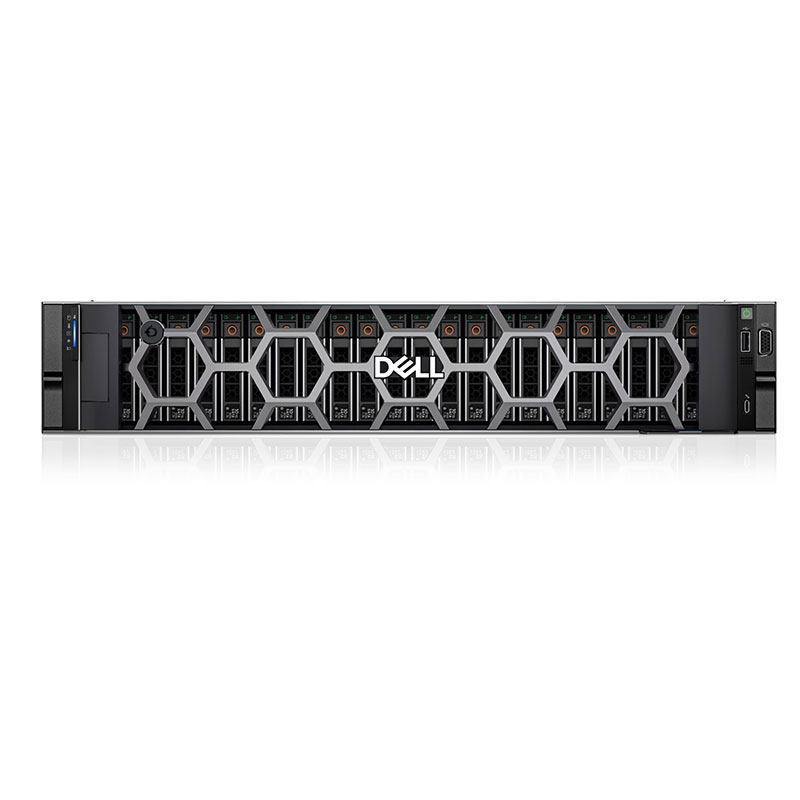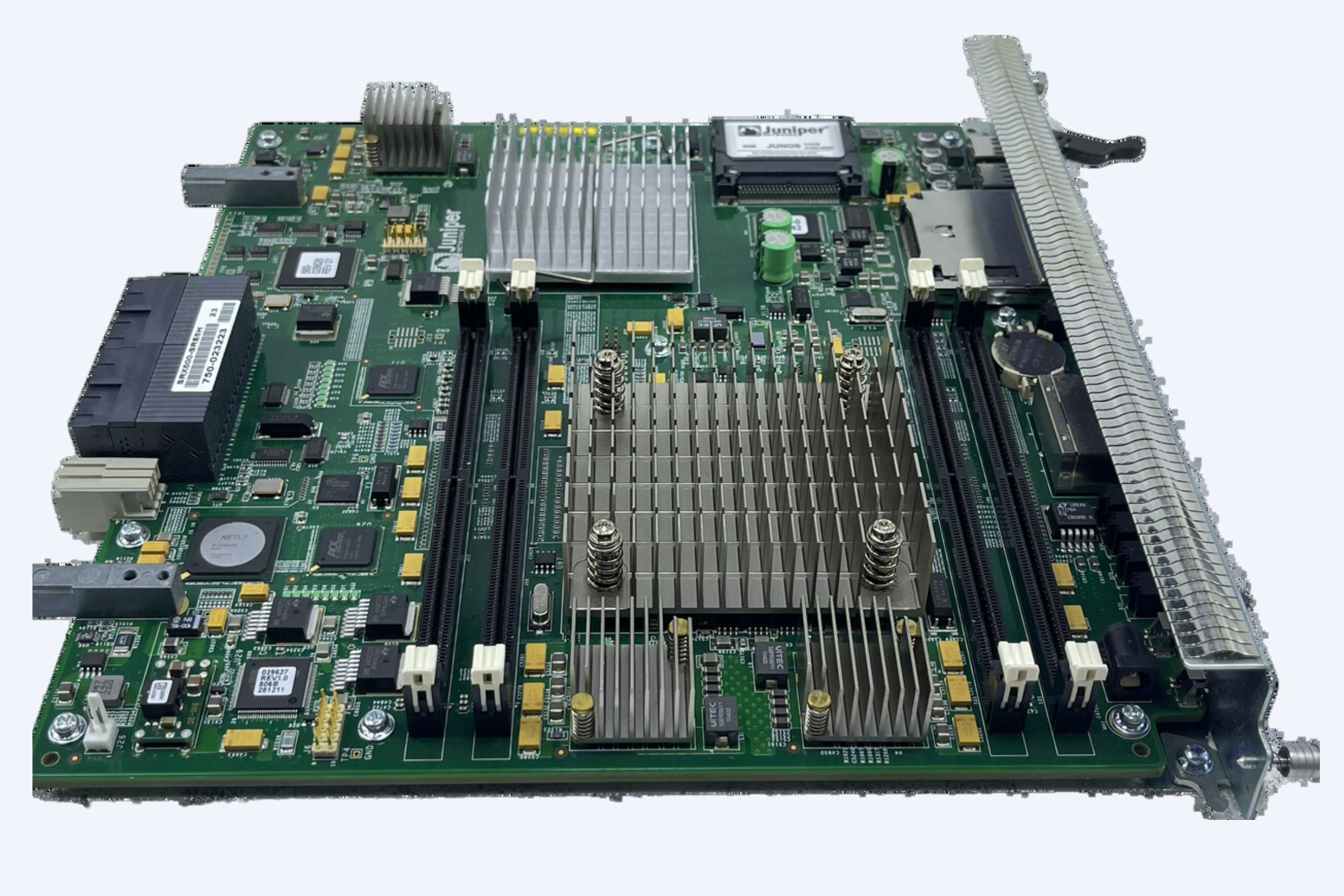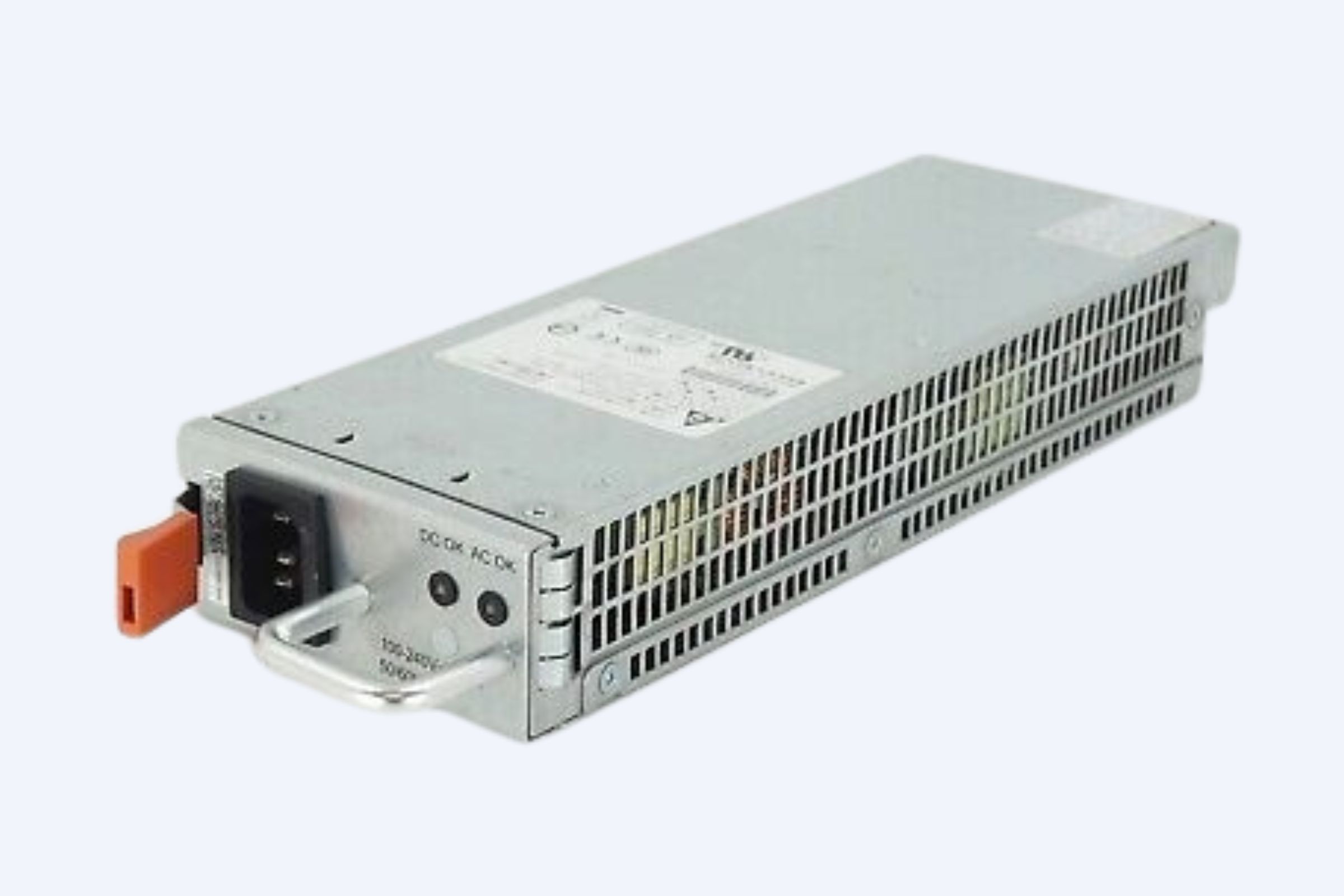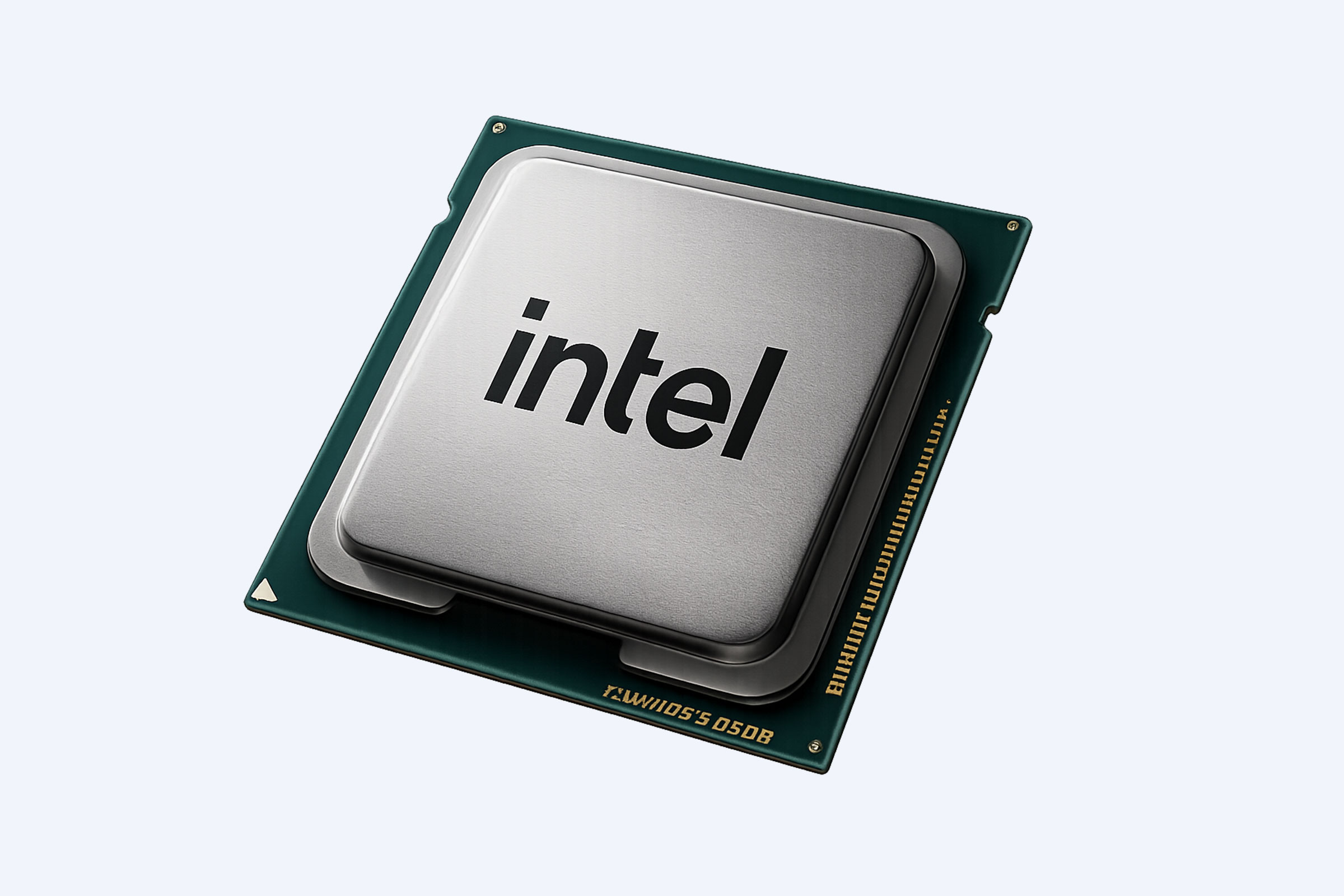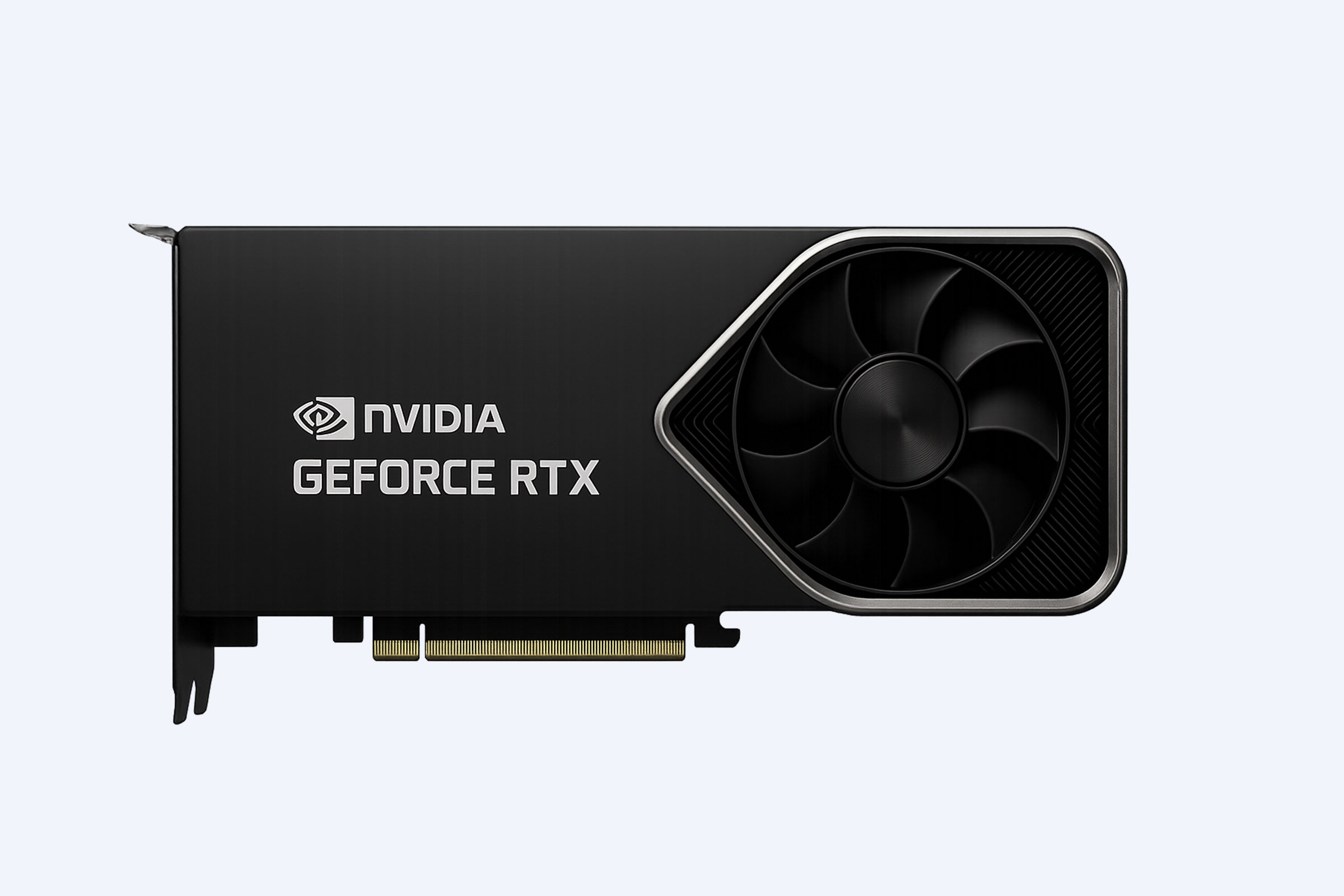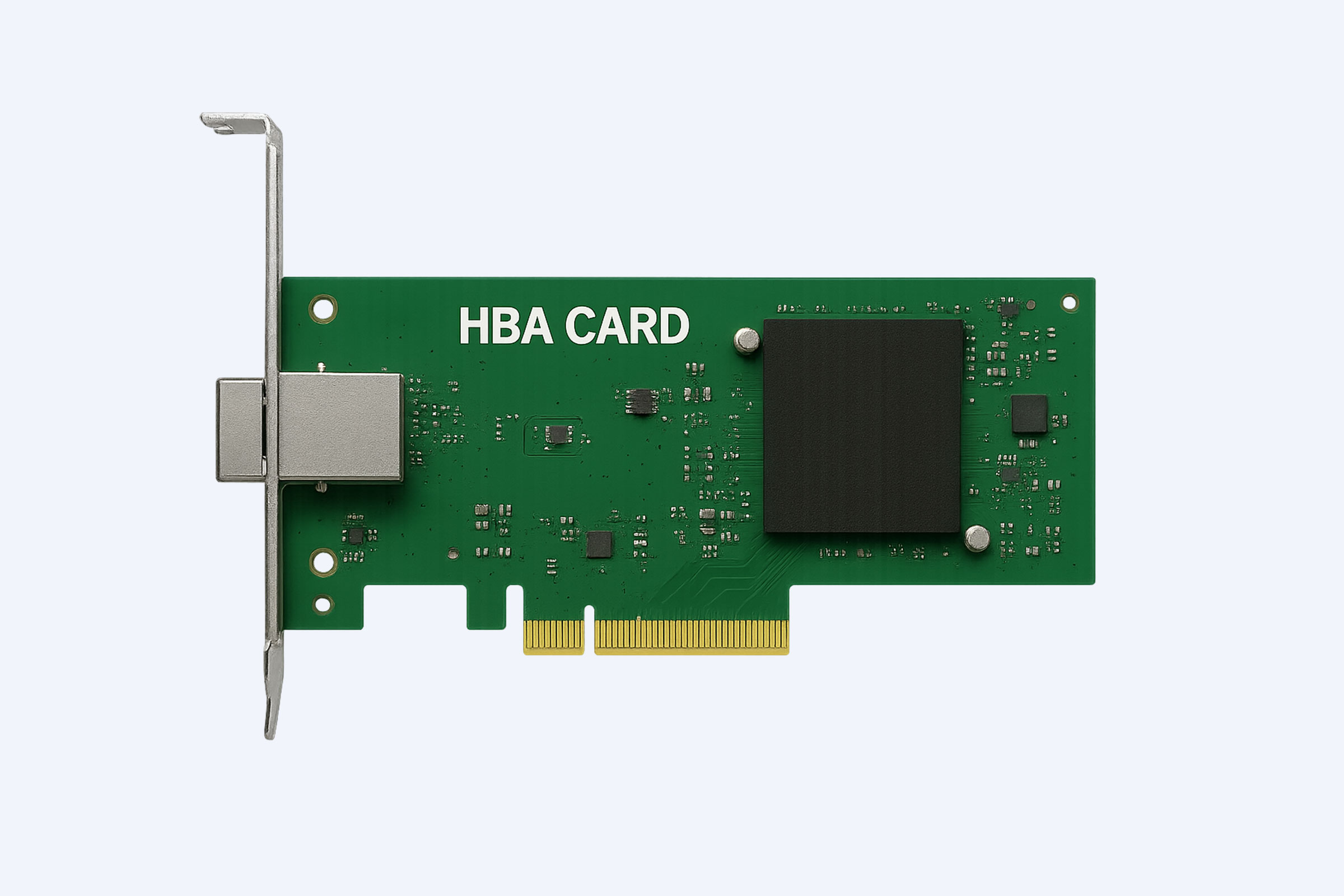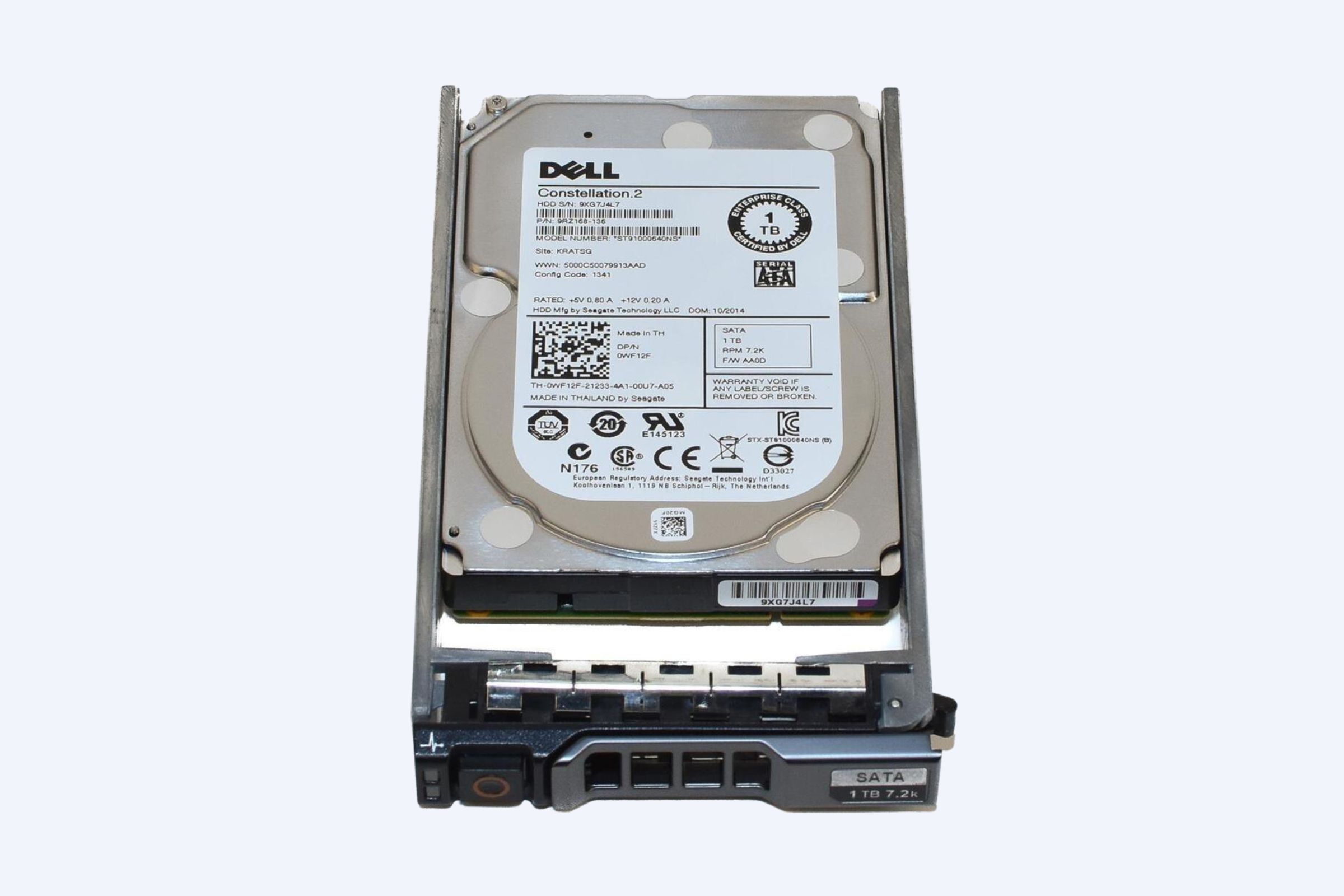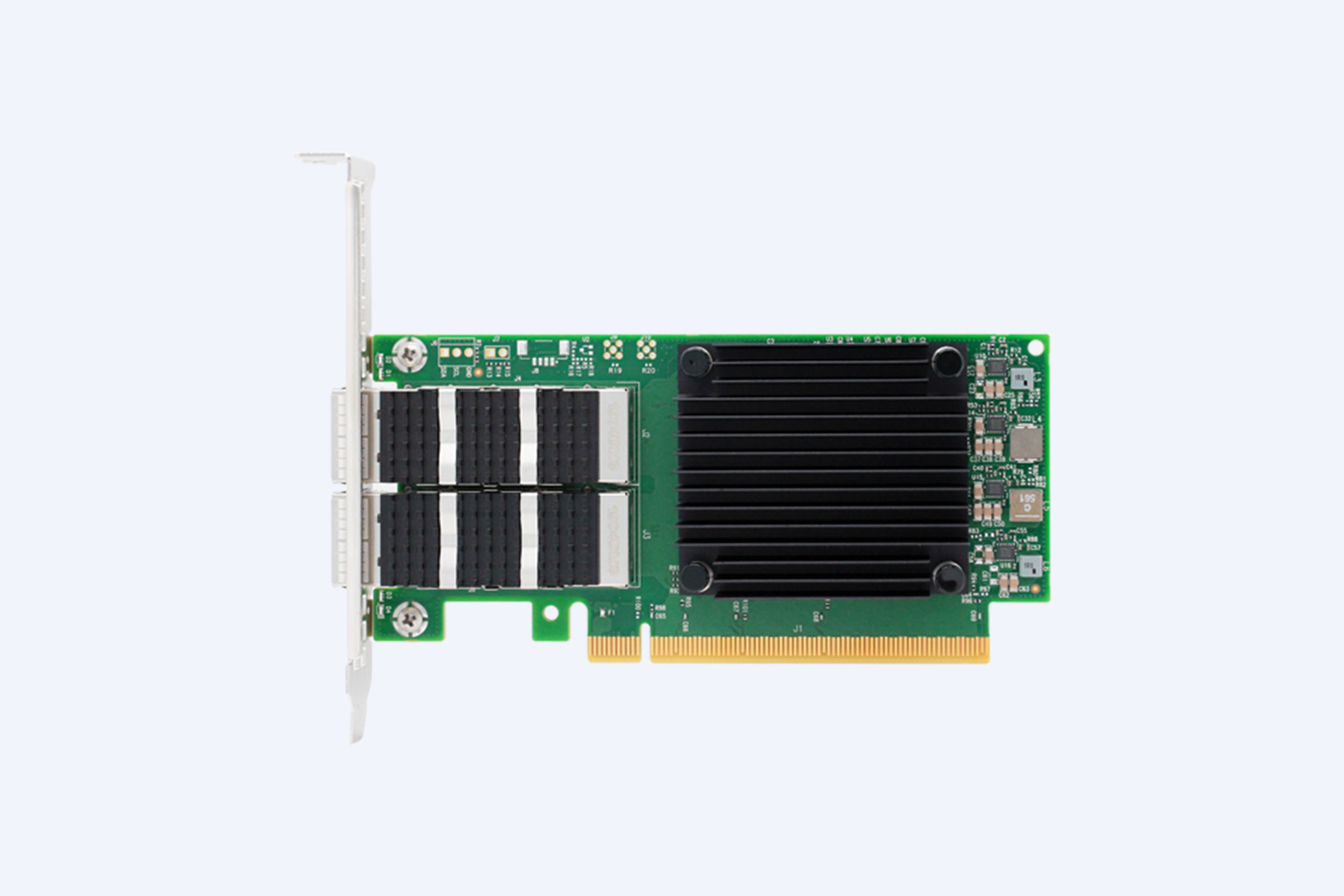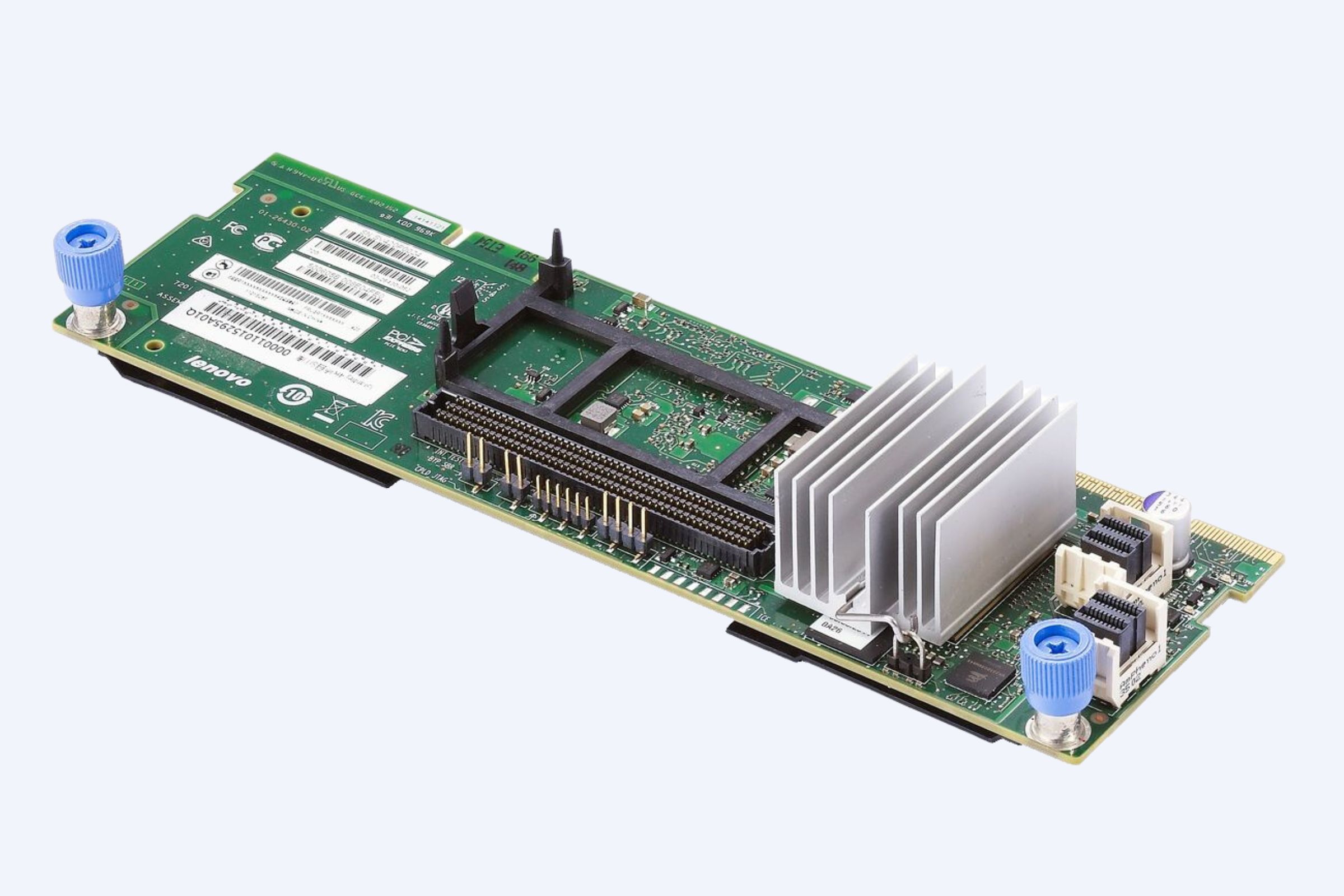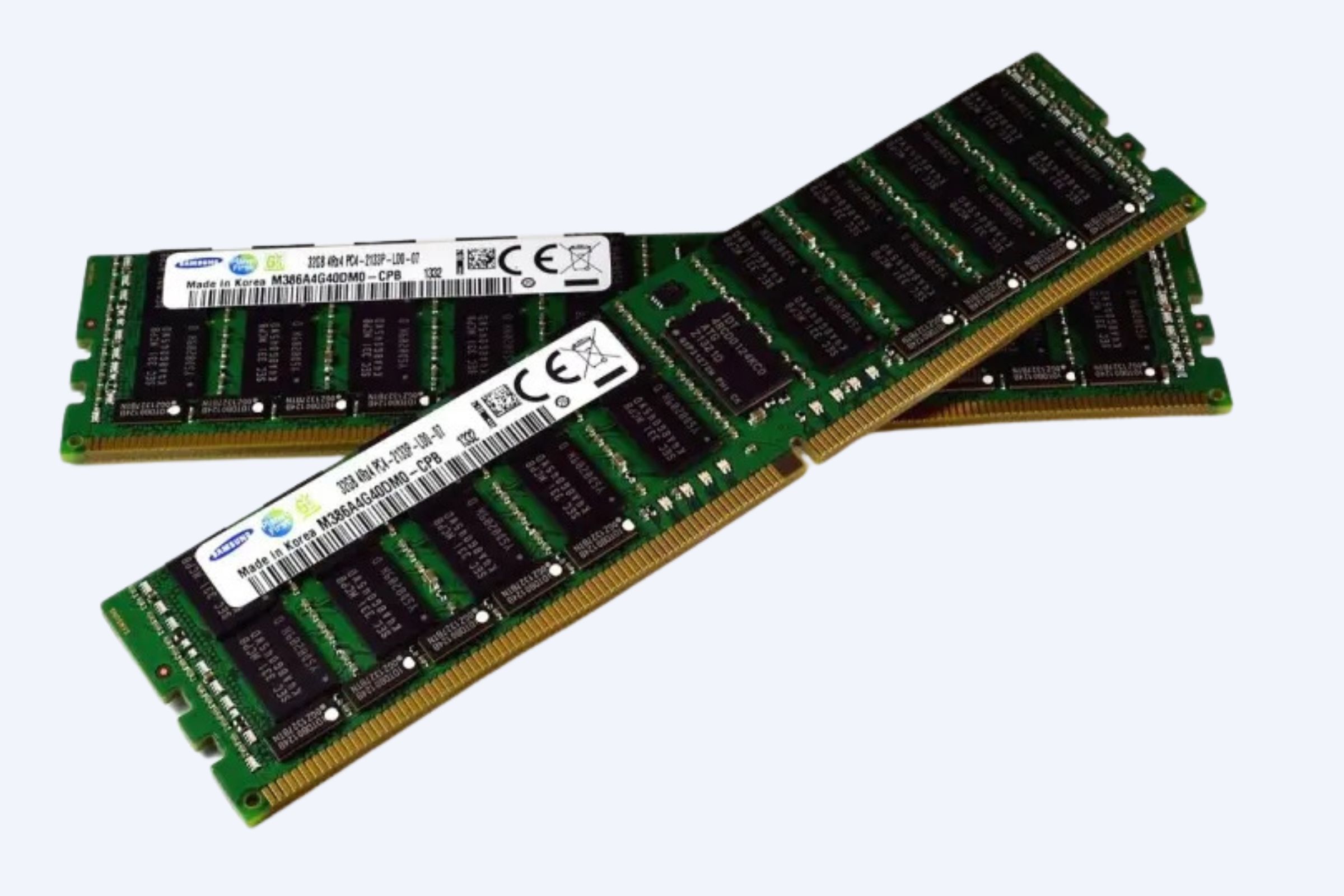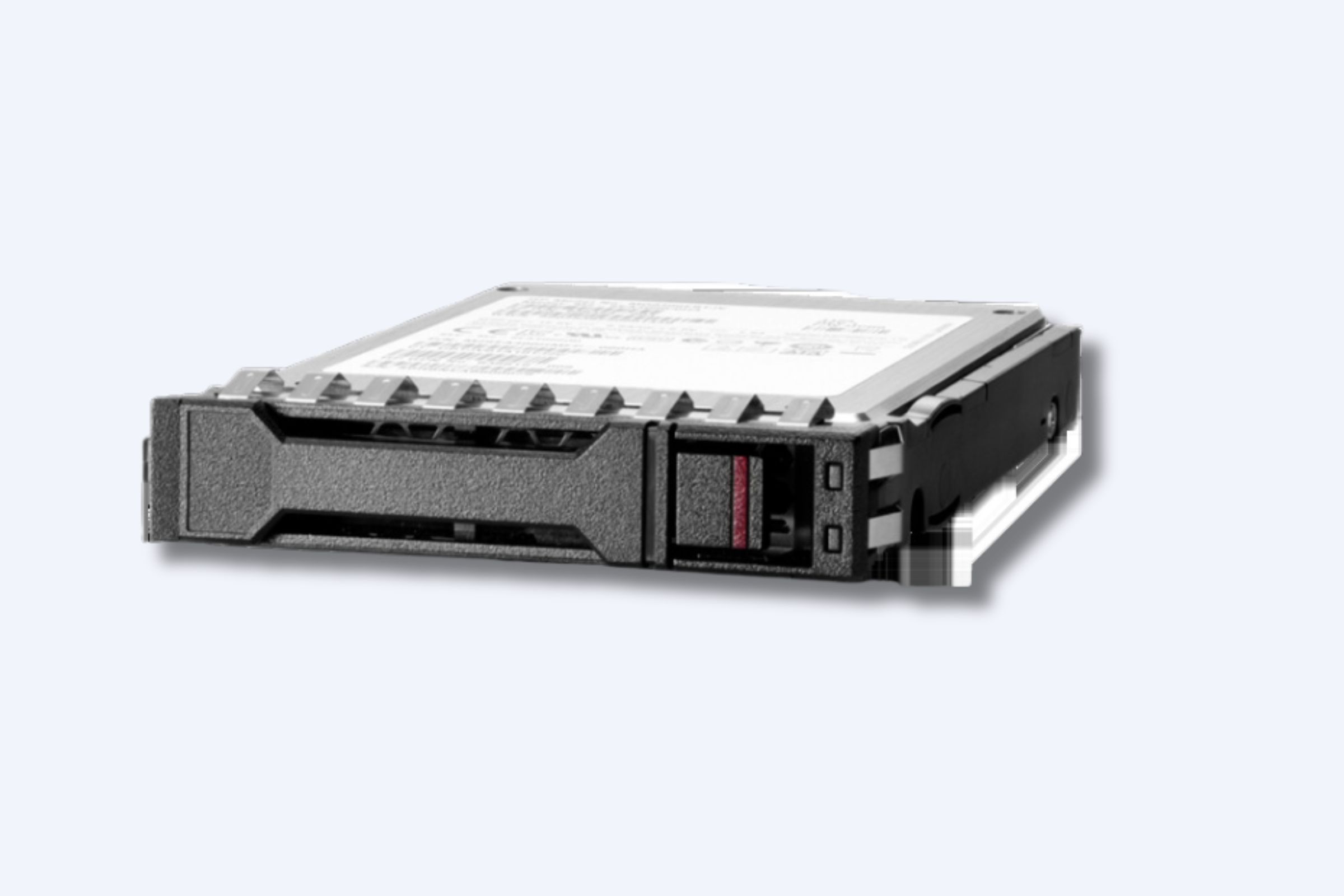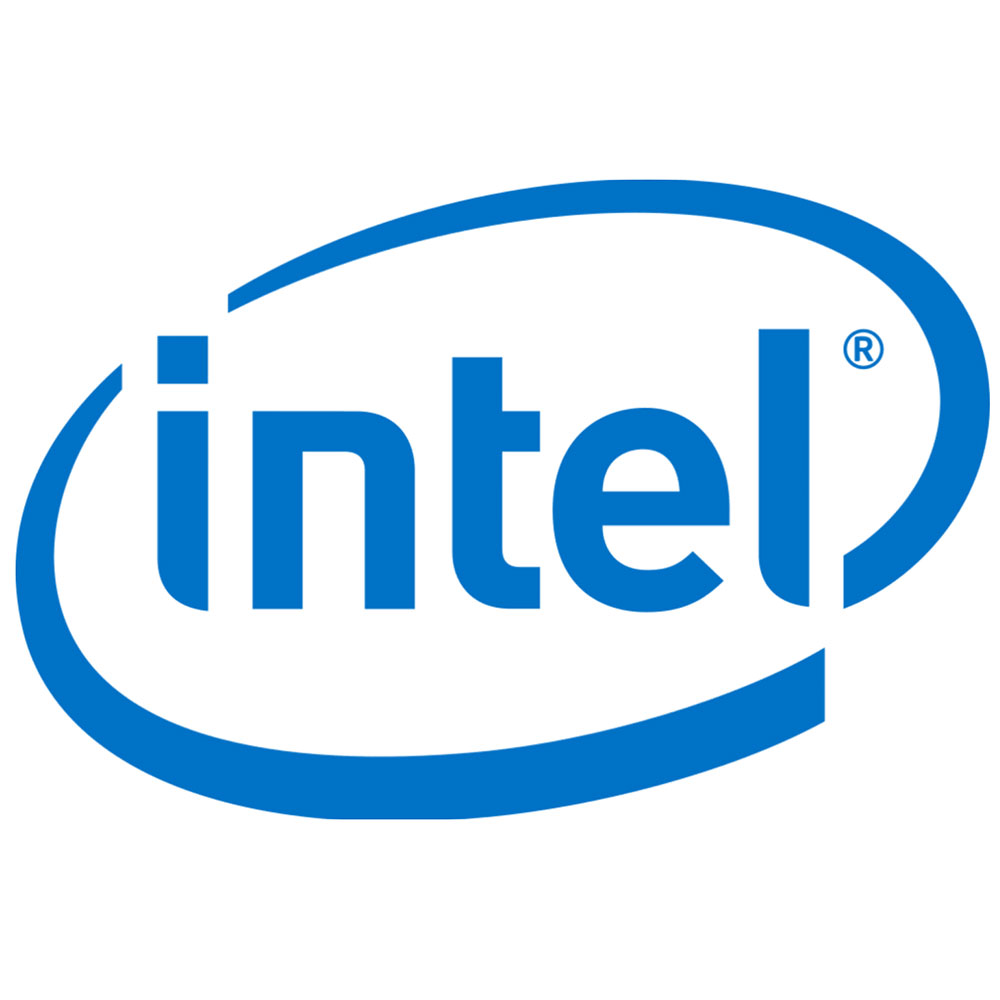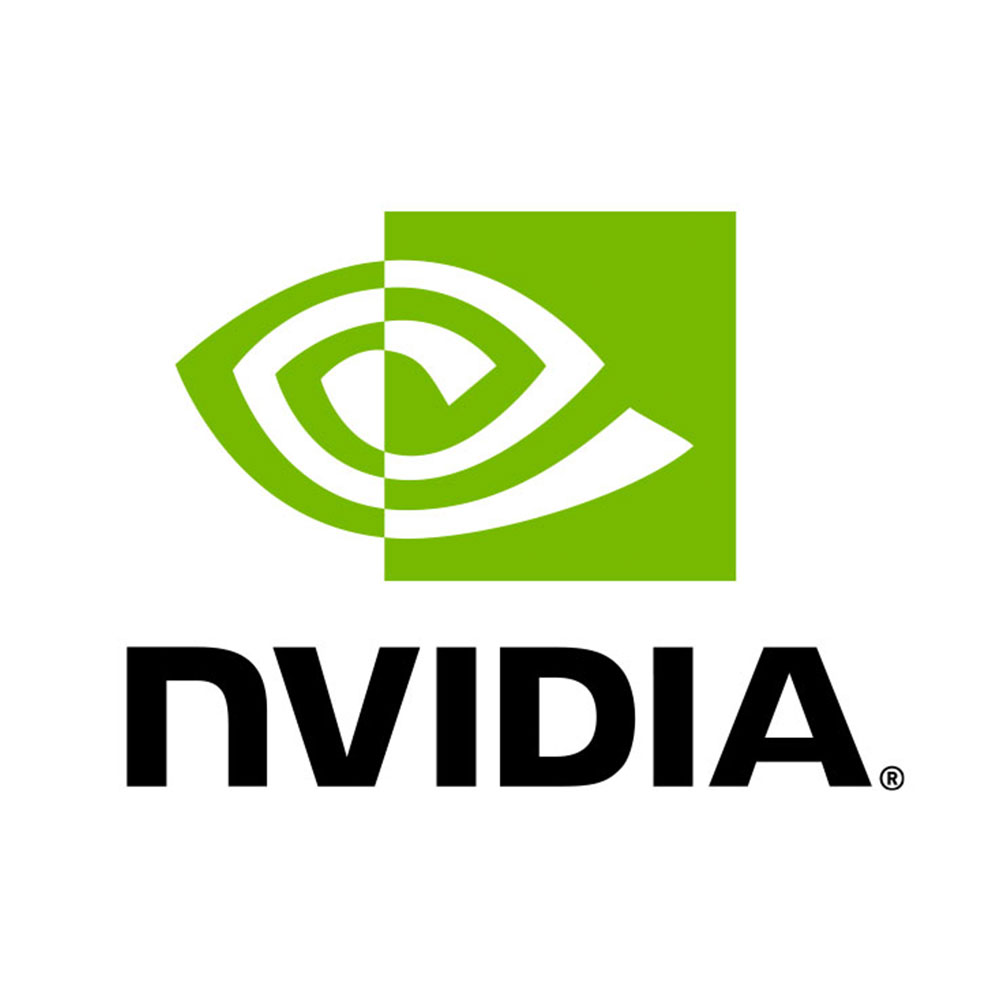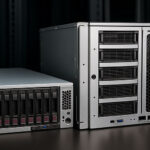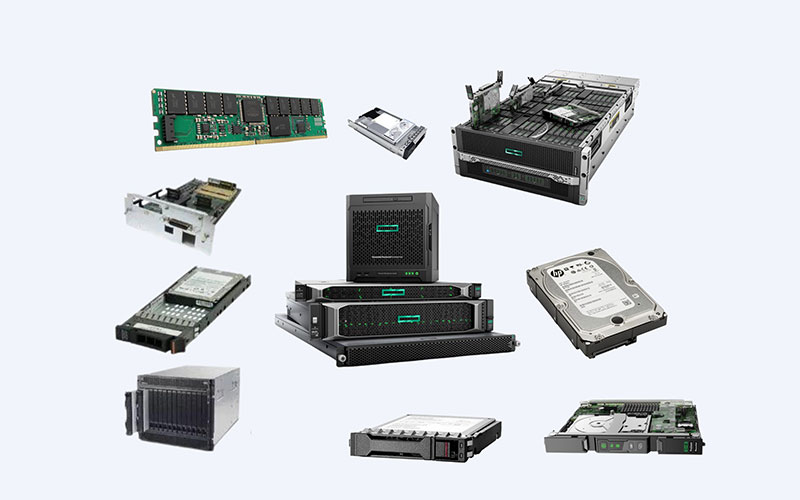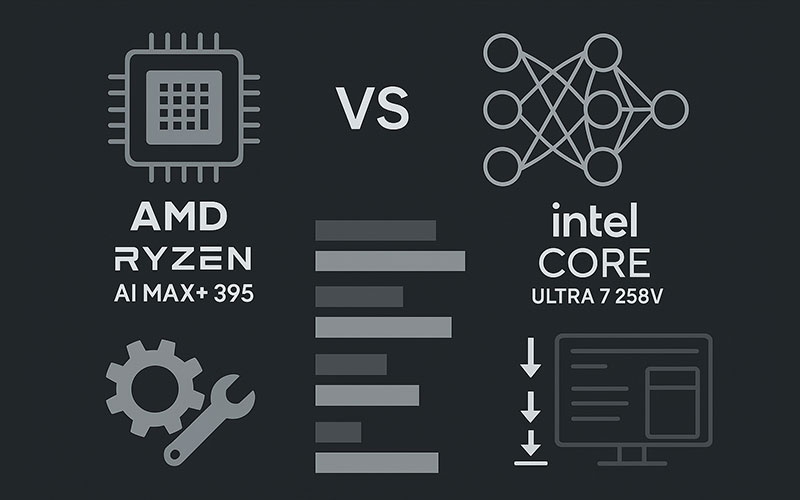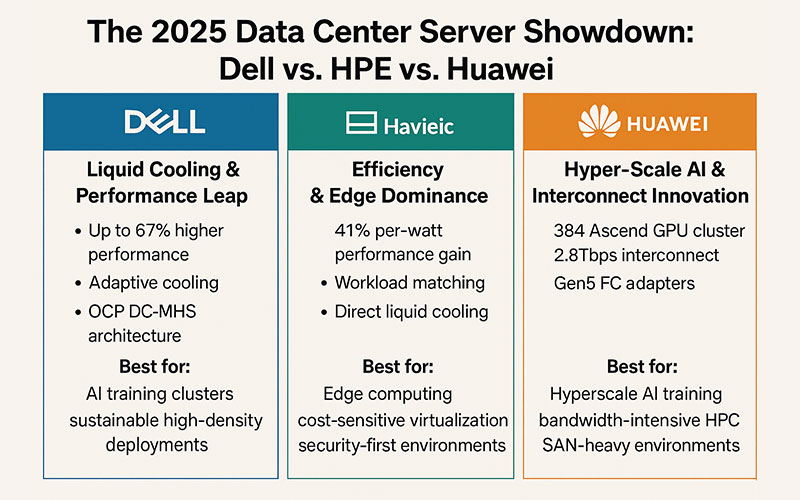Selecting the right 2U dual-socket server is crucial for demanding enterprise workloads. Dell Technologies’ PowerEdge R760xa and Hewlett Packard Enterprise’s (HPE) ProLiant DL380 Gen10 Plus represent two leading contenders. While both deliver robust performance and reliability, they target slightly different optimization points within the high-density compute space. Understanding their nuances is key to matching the server to your specific needs.
Core Philosophies:
- Dell PowerEdge R760xa: Engineered explicitly for extreme acceleration, particularly GPU-dense workloads like AI training, machine learning inference, complex simulations, and high-performance computing (HPC). Its design prioritizes maximizing GPU support and thermal efficiency for sustained, intensive compute.
- HPE ProLiant DL380 Gen10 Plus: Focuses on delivering exceptional versatility and proven enterprise reliability. As the culmination of the highly successful Gen10 Plus lineage, it excels as a general-purpose workhorse for virtualization, databases, ERP/CRM, and mixed workloads, offering strong performance and extensive configuration options.
Key Differentiators at a Glance:
| תכונה | Dell PowerEdge R760xa | HPE ProLiant DL380 Gen10 Plus | Key Difference |
|---|---|---|---|
| Primary Optimization | GPU Acceleration & High-Density Compute | Versatile Enterprise Workloads | R760xa targets AI/ML/HPC; DL380 Gen10+ is broader enterprise. |
| Processor Support | Dual 4th/5th Gen Intel Xeon Scalable (Sapphire Rapids/Emerald Rapids) | Dual 3rd/4th Gen Intel Xeon Scalable (Ice Lake/Sapphire Rapids) | R760xa supports newer 5th Gen Intel Xeon (Emerald Rapids). |
| Max GPU Support | Up to 8x Double-Width GPUs (e.g., NVIDIA H100, L40S) + 1x SXM5 GPU Module | Up to 4x Double-Width GPUs | R760xa offers significantly higher GPU density. |
| GPU Cooling Focus | Direct Liquid Cooling (DLC) Option + Optimized Airflow | Primarily Advanced Airflow Management | R760xa uniquely offers DLC for highest GPU thermal efficiency. |
| Memory (Max Cap./Speed) | Up to 8TB DDR5 (5600 MT/s) | Up to 6TB DDR4 (3200 MT/s) / Up to 4TB DDR5 (4800 MT/s) | R760xa supports higher DDR5 capacity & speed. |
| Drive Bays (Front) | Typically 8 or 10 x 2.5″ (SAS/SATA/NVMe) | Flexible Options: 8/12/16/20/24 x SFF or 4/8 x LFF | DL380 Gen10+ offers more varied front bay configurations. |
| NVMe Support | Extensive PCIe Gen5 NVMe support (via slots & rear drives) | Strong PCIe Gen4 NVMe support | R760xa leverages newer PCIe Gen5 for faster NVMe potential. |
| PCIe Expansion Slots | Optimized layout for GPUs + Gen5 Slots | Generous Gen4 Slots | R760xa prioritizes GPU placement & newer PCIe generation. |
| Cooling Innovation | MultiVector Cooling+, DLC Option | HPE Sea of Sensors, Dynamic Power Capping | R760xa emphasizes advanced cooling for accelerators. |
| הַנהָלָה | OpenManage Enterprise (OME) with CloudIQ | HPE iLO 6 with Cloud-Based GreenLake | Both offer mature, cloud-integrated management suites. |
| עומסי עבודה אידיאליים | AI/ML Training & Inferencing, HPC, CAE, GPU Databases, Rendering Farms | Virtualization (VDI/Server), Databases (SQL/Oracle), ERP/CRM, General Business Apps, Medium GPU Acceleration | Workload focus drives the choice. |
Performance & Acceleration:
- R760xa: Clearly takes the lead in GPU-centric tasks. Supporting up to 8 double-width GPUs (or 3 SXM5 modules + 1 PCIe GPU) with optional Direct Liquid Cooling allows it to handle the most intensive AI/ML models and simulations that demand maximum GPU density and sustained performance without thermal throttling. Its native support for 5th Gen Intel Xeon (Emerald Rapids) also provides a potential CPU performance edge.
- DL380 Gen10 Plus: Delivers excellent CPU performance for mainstream enterprise applications and supports up to 4 double-width GPUs effectively. This makes it suitable for AI inferencing, VDI with GPU acceleration, and workloads needing moderate GPU power alongside strong general compute. Its mature platform is highly optimized for virtualization efficiency.
Flexibility & Storage:
- DL380 Gen10 Plus: Offers superior front-bay configuration flexibility (SFF or LFF, multiple density options), making it adaptable to diverse storage needs without sacrificing core compute resources. It remains a top choice for storage-heavy virtualized environments or traditional databases.
- R760xa: While offering good NVMe capabilities (front, rear, PCIe Gen5), its front bay configuration is typically less varied than the DL380, prioritizing the internal space for GPUs and their cooling infrastructure. Its storage strength lies in high-speed, low-latency NVMe for GPU-adjacent data.
Cooling & Efficiency:
- R760xa: Its raison d’être is cooling dense accelerators. MultiVector Cooling+ dynamically adjusts based on component telemetry, and the optional DLC is a game-changer for exhausting the immense heat from 8 high-end GPUs, significantly improving performance stability and power efficiency under max load.
- DL380 Gen10 Plus: Features excellent thermal management (Sea of Sensors) and power capping for general server workloads and configurations up to 4 GPUs. It efficiently handles demanding air-cooled scenarios but doesn’t target the extreme cooling envelope of the R760xa.
Management & Security:
- Both offer industry-leading, integrated lights-out management (iDRAC9 vs iLO 6) with robust security features (Silicon Root of Trust, Secure Boot, etc.) and cloud-based analytics/monitoring (CloudIQ vs GreenLake). The choice often comes down to existing ecosystem preference or specific feature nuances.
Choosing the Right Tool:
Choose the Dell PowerEdge R760xa if:
- Your primary workloads are AI training, large-scale ML inference, complex HPC simulations, or rendering.
- You require maximum GPU density (5+ GPUs) in a 2U form factor.
- Sustained high-performance computing under extreme thermal loads is critical (consider DLC).
- You prioritize the latest CPU technology (5th Gen Intel Xeon) and PCIe Gen5 bandwidth for accelerators/NVMe.
Choose the HPE ProLiant DL380 Gen10 Plus if:
- You need a versatile, proven workhorse for virtualization, enterprise databases (SQL, Oracle), ERP/CRM, or general business applications.
- Your workloads require strong CPU performance and moderate GPU acceleration (1-4 GPUs).
- Front-bay storage flexibility (mix of SFF/LFF, higher drive counts) is a significant requirement.
- You value the maturity and widespread deployment success of the Gen10 Plus platform.
Conclusion:
Both the Dell PowerEdge R760xa and HPE ProLiant DL380 Gen10 Plus are exceptional 2U servers. The R760xa stands alone in its class for pushing the boundaries of GPU density and acceleration-focused performance, making it the undisputed choice for the most demanding AI and technical computing tasks. The DL380 Gen10 Plus remains a paragon of versatility and proven enterprise reliability, excelling as a balanced platform for a wide spectrum of mainstream critical workloads. The optimal decision hinges entirely on whether your priority lies at the bleeding edge of accelerated computing or in the robust, flexible heart of the enterprise data center. Carefully evaluate your core workloads, performance targets, and infrastructure strategy to make the right investment.



